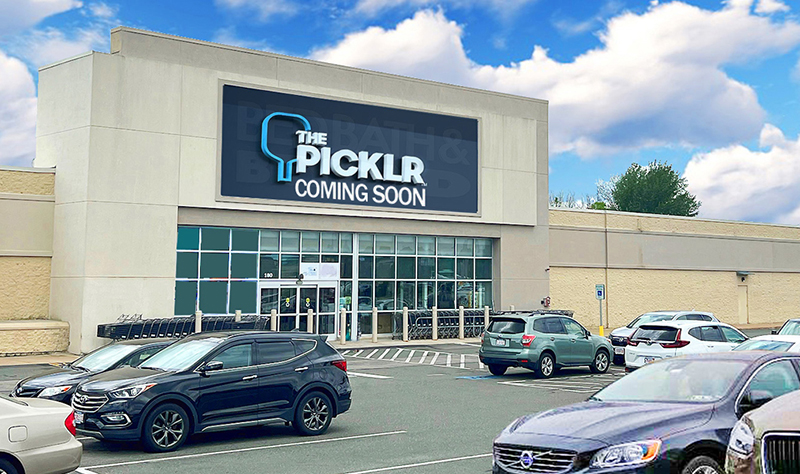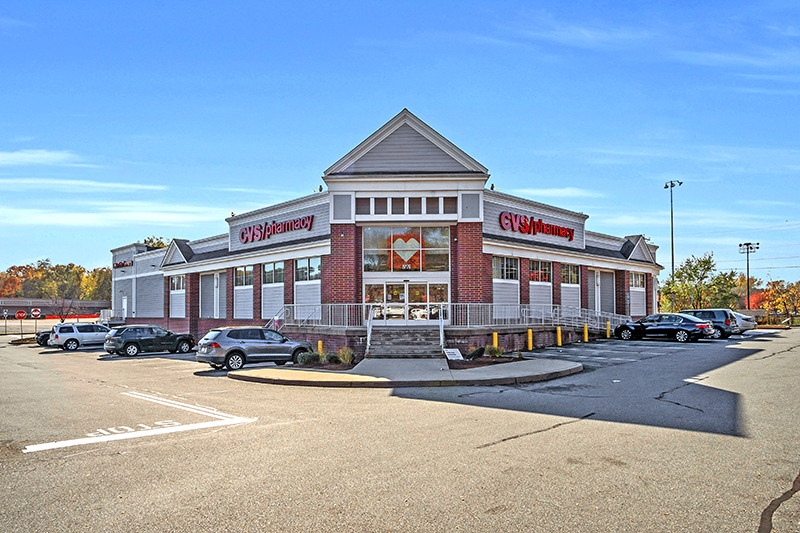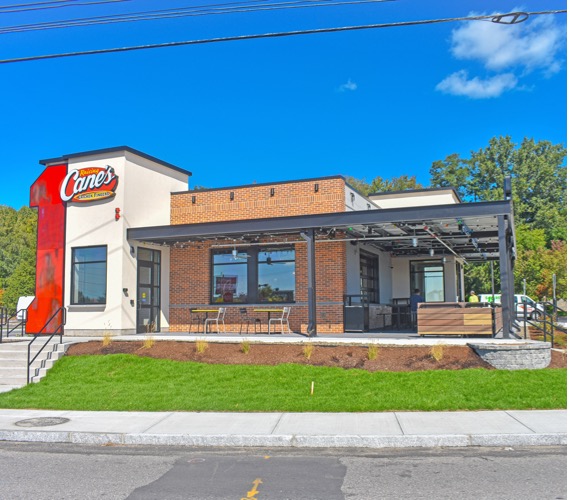News: Retail
Posted: August 21, 2014
Untangling the web of mixed-use developments in New England
Mixed-use developments consist of one or more buildings that integrate residential housing with a variety of commercial uses, such as retail stores and/or professional offices. Successors to the traditional single use development or structure, mixed-use developments appeal to a number of audiences, including individuals who want to combine life/work/play, businesses that want to avail themselves of a built-in customer base, and municipal planners that seek to rejuvenate their tax base by providing diverse housing opportunities without the higher costs of infrastructure traditionally associated with purely residential developments. Most importantly, such projects appeal to developers who stand to benefit financially while simultaneously responding to the needs of the residential and commercial markets. As experienced attorneys who have worked on numerous mixed-use developments, this article will focus on the practical issues such developments create and how they can be addressed.
The first obstacle which current mixed-use projects often face is negotiating zoning bylaws and ordinances that do not address or permit mixed uses in a single building. While zoning laws and regulations are changing to respond to the current trend of mixed-use developments, many municipalities still maintain segregated areas designed exclusively for commercial or residential uses. Problems caused by by-laws that obstruct or fail to adequately address a mixed-use development can be solved by any combination of (i) targeted use of existing zoning relief mechanisms, such as special use permits and variances, (ii) the re-writing of zoning ordinances and bylaws, or (iii) the creation of overlay districts or special zoning districts that permit these projects. From the developer’s perspective, the early stages of the development process require the developer to perform comprehensive financial analyses on each of the intended uses, determine the feasibility of each use independent of the other, and establish a time-line and detailed financial analysis as to sources and uses of funds for each stage of the development.
Cost and financing for multi-use developments offer their own challenges as projects often must be divided into phases to satisfy traditional lenders who will not absorb the risk of large, complicated projects such as these as they do not fall within their standard financing categories. Because of these risks, traditional lenders also often require significant capital contributions from the developer with realized cash-flow throughout the project. The process often becomes even more complicated if public financing tools, such as tax abatement programs, bonds and tax increment financing, and tax credits are utilized as they involve more regulatory requirements and obligations. Recently, our firm has been advising a Massachusetts developer on a mixed-use project that involves successfully partnering with a local municipality to obtain state infrastructure funds to provide the requisite infrastructure that will benefit both the town and the project. Solutions for developments such as this one has required the cooperation of the developer, the State, the municipality and a traditional lender, each with their own expectations of and definitions for the successful completion of the development.
The developer also has to reconcile the need for ongoing phased development, particularly long, lead-time aspects such as the development and leasing of commercial space while also respecting the needs of earlier-phase occupants. In order to maintain cash-flow for the project and prevent high vacancy rates and stagnant rents which may, in turn, decrease the long-term financial returns of the project, efforts should be taken to minimize disruption to existing tenants during construction. Further, projects of this type must be able to respond to ongoing changes in the residential market. The recent recession has caused many mixed-use developments and their developers to re-examine the size and scope of the project and modify such projects to minimize risk in the slowly rebounding residential market.
The post-construction maintenance and operation of the project also requires careful consideration and planning. Each type of tenant in a multi-use project has its own needs. Retail tenants may require allocated parking, waste and trash removal, regular deliveries and unloading of materials, while residents will insist upon minimization of noise and odors, security for their homes and protection against subsidization of commercial tenants. Traditional allocation of expenses based on square footage alone does not work well in mixed-use projects. The developer of a mixed-use development must carefully balance the allocation of utilities, mechanical and structural systems and their associated costs between residential and commercial tenants/owners. One way in which our firm has addressed these concerns is by structuring an integrated ownership mechanism for such multi-use projects which provides for proportionate representation of commercial and residential users and incorporates the agreements regarding utility allocation, parking layout and property management concerns, amongst other issues.
The key to a successful mixed-use project is to prepare for and address the complexity and risk that these developments involve early on. This requires working with experienced legal counsel to obtain zoning relief as mixed use-projects customarily do not fit within the traditional single-use zoning and zoning requirements prevalent in most communities. Legal expertise will also allay concerns and address the obstacles raised by traditional lending sources. Furthermore, throughout the development process, the developer’s attorney must help address the competing concerns of the tenants/owners by implementing carefully drafted legal documents that contemplate representation, needs of each type of tenant and allocate maintenance costs in an equitable manner. Ultimately, mixed-use projects can fulfill their promise of providing a combined life/work/play concept while delivering economic returns for developers and the communities where they are located.
Zachary Darrow, Esq. is the managing partner of DE Providence|Boston|Worcester|South Coast
Contributions to article were made by DarrowEverett LLP attorneys Eric Everett, Esq., Joshua Berlinsky, Esq., and Allison Lane, Esq.
Tags:
Retail
MORE FROM Retail
Mace of KeyPoint Partners negotiates 36,192 s/f lease for The Picklr at Endicott Square
Danvers, MA KeyPoint Partners (KPP) negotiated a lease with the nation’s premier indoor pickleball venue The Picklr at Endicott Sq. Vice president of retail brokerage Don Mace negotiated the transaction on behalf of the landlord.





.jpg)


.png)